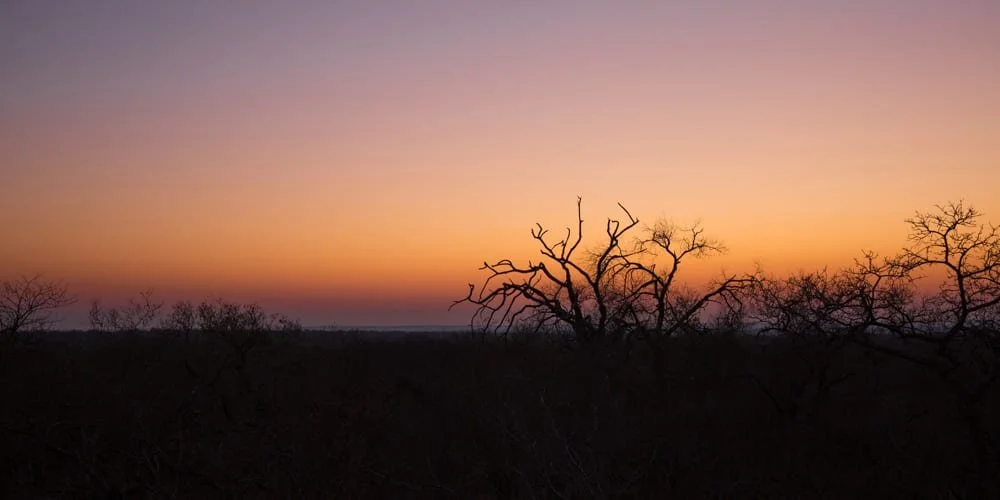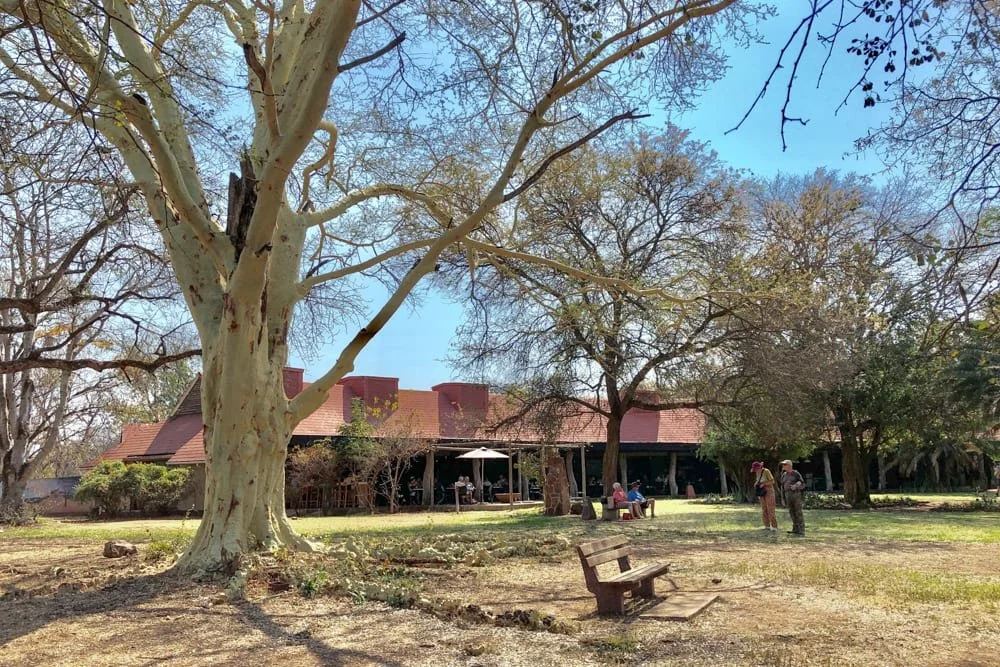A day trip to Kruger
It’s still dark when your alarm clock beeps – it’s best to start early if you want to spend a full day on Safari in the Kruger National Park – and believe us, you won’t regret it. The fact that you’ve already spent a day or two relaxing at Ubuntu Luxury Villa means you’re well-rested and ready to see some wildlife – elephants, lions, buffalos and more – that we don’t have on the Hoedspruit Wildlife Estate.
Kruger National Park is an African icon; it’s one of the continent’s largest and best protected wild ecosystems. We’ve visited the park dozens of times and every trip delivers something new. It has to be one of the world’s best value wildlife experiences and staying at Ubuntu Luxury Villa, it’s easy to stop in for the day.
From Ubuntu Luxury Villa, you can drive in via Orpen or Phalaborwa gates. Phalaborwa is to the north of Hoedspruit, while Orpen is just to the south. Both promise unique experiences. We tend to favour Orpen, which is 45 minutes from Hoedspruit town, and like to try and get there at gate opening time. This varies from season to season, so check the times in the map book at the villa or online.
Early mornings in the bush are spectacular, the veld shimmers with light and colour. You can pick up a coffee at Orpen if you like, and then continue into the park on H7. It’s a drive we have done many times, heading towards Satara, a rest camp where you can stop for breakfast, a comfort break or to get something from the shop.
We never tire of scanning the open plains for the first 10 or so kilometres for the usual mix of wildebeest, giraffe and zebra. Just slow down, open your windows, and it won’t be long before you see something; a golden herd of impala, a kudu browsing on a tree, or frequently in this area, a cheetah or two striding down the road. Depending on the time of year, the bush can either be dry or green, but either way, you’ll be rewarded for your patience, seeing the way in which the stripes on a cluster of zebras blend into the landscape in a subtle play of shadow and light, or how a giraffe uses its tongue to navigate a tree full of thorns.
Soon you’ll be alongside the Timbavati River, a greenbelt that along large sections of the H7. Here, nature provides a spectacular canvas, with views framed by ancient trees. Look out for monkeys and baboons, bushbuck and leopards, or lions lazing in the river bed when it’s dry. This is also often where you may spot some elephants; in summer they splash and swim in the river and in winter, they eat the reeds and dig for water in the cool sand, waiting for the rains to come. Your life changes when you see elephants in the wild. Don’t crowd them, but do spend time with them.
As you head towards Nsemani Dam, the bush opens up again and you’ll see more water-dependent species in the bush, staying close to the dam. It usually has a pod of wallowing hippos, water birds and crocodiles to see. In summer, it’s a swimming pool for elephants and in winter, a lifeline for thirsty game. Predators know this and can often be found lazing around here.
As you head nearer to Satara, the plains open again – there are often marabou storks just before the camp. Don’t forget to look up and scan the thermals for raptors, bateleurs, vultures and various eagles abound and often perch on the limbs of trees. By now you’ve spent a good couple of hours on the road and can take a well-earned break. They have a restaurant, a take away and a picnic spot.
Once you’ve had a rest and enjoyed the camp’s birdlife, turn left out of Satara, and left again, towards the Timbavati picnic site. It’s another rewarding scenic drive with mature trees, good grass cover and a variety of wildlife to spot. We’ve seen big herds of buffalos here, and lions, leopards and elephant herds. There aren’t too many rhinos left in the Kruger National Park due to poaching, but if you’re exceptionally lucky you may see one.
The Timbavati picnic spot will be your next stop; there is a short detour to a bird hide here that you can also take. At the picnic site, look out for the resident bushbuck and speak to the caretaker – he lives here, at this remote spot, and knows it better than anyone. You can then finally make your way back to the tar road, all depending how fast you drive and what you see, and then take a loop off the H7 as you head back towards Orpen, and home.
On a day like this, the big 5 isn’t guaranteed, but you won’t be expected to adhere to a schedule of activities and can spend as much time as you like with the animals you see. It’s not a Ferrari safari, where you can quickly tick off all the animals of choice. Rather you can tailor an experience to suit your interests, taking things one at a time. Part of the joy of a game drive is that it’s unpredictable, but with your eyes and ears open, and a handy reference book to help you, you’ll soon be spotting birds and animals like a seasoned pro. It’s not how far you go, it’s what you see along the way…



















